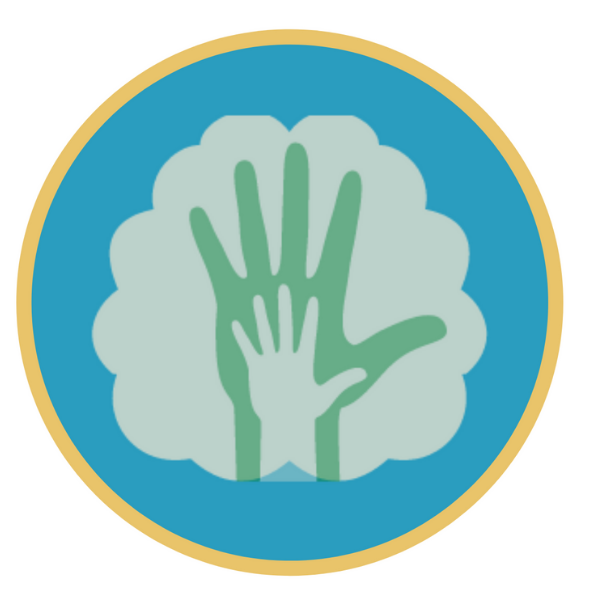Comprehensive Policy Recommendations for the Management of Spina Bifida and Hydrocephalus in Low and Middle-income Countries
Keywords:
Hydrocephalus, Spina Bifida, Policy Recommendations, Health Policy, Health Systems, LMICsAbstract
In November 2020, the Member States of the World Health Organization (WHO) adopted the World Health Assembly resolution 73.10, asking the Director-General to develop an Intersectoral Global Action Plan on Epilepsy and Other Neurological Disorders. Notably, the action plan aims to use ”an integrated, person-centered framework for the prevention, diagnosis, treatment, and care of people with neurological disorders” and asks the Member States to develop “policies, plans, and legislation relating to neurological disorders, whether as separate instruments or integrated into other planned multisectoral actions”. Accordingly, these recommendations for the comprehensive management of spina bifida and hydrocephalus for low-and middle-income countries (LMICs) represent the collective effort of a group of advocates, and experts from around the world to compile the best evidence to date. They utilize the WHO health systems and person-centered framework used by many ministries of health to facilitate their integration.
We intentionally chose two pediatric neurosurgical conditions, spina bifida and hydrocephalus, to highlight the massive pediatric surgical needs in LMICs as well as the paucity of prevention efforts despite overwhelming supporting scientific evidence. While the strengthening of capacity to detect and holistically treat spina bifida and hydrocephalus are crucial, strategies to prevent these conditions are indispensable to the overall disease management and cost effective. Contributions from members of the International Society for Pediatric Neurosurgery and the Global Alliance for the Prevention of Spina Bifida proved to be especially valuable.
Healthcare workers, researchers, and public health practitioners came together for this project in providing strategic guidance and technical support to policymakers. Accordingly, the research team, with guidance from the advisory group of experts, initially reviewed the available literature to develop a comprehensive set of recommendations for the management of spina bifida and hydrocephalus in LMICs. The advisory group, especially its members living and working in LMICs, helped with contextualizing the recommendations.
The goal of this document is not limited to just raising awareness of the unmet pediatric neurosurgical needs and the importance of prevention. We envision the inclusion of the recommendations in the WHO’s Intersectoral Global Action Plan on Epilepsy and Other Neurological Disorders. Additionally, it is our hope that LMICs adopt the recommendations into their national surgical system strengthening efforts pursuant to the World Health Assembly resolution 68.15, “Strengthening of Emergency and Essential Surgical Care and Anesthesia as a Component of Universal Health Coverage”. Furthermore, the team of contributors to this document stand ready to support the country-led implementation of these policies to reduce death and disabilities from spina bifida and hydrocephalus among children living in LMICs.


